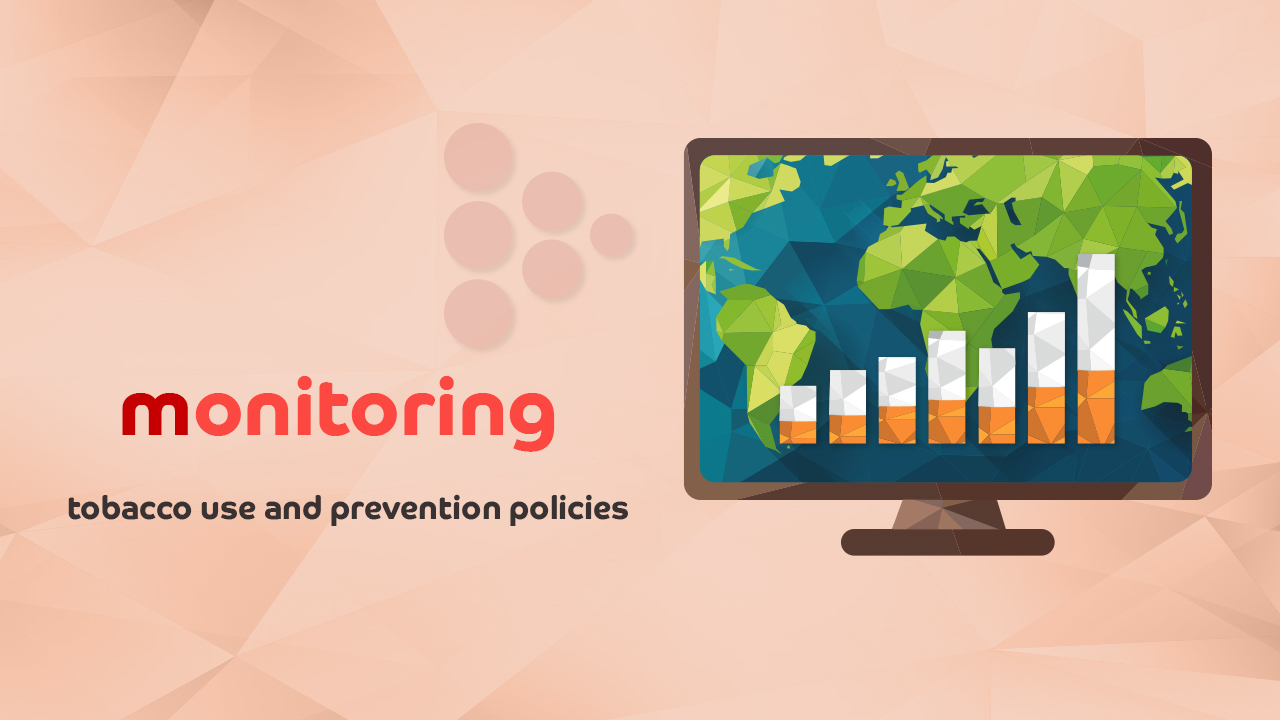
Context
Egypt ratified the WHO Framework Convention on Tobacco Control (FCTC) on 25 February 2005. However, Egypt had already initiated national surveys as early as 2000, as part of the Global Tobacco Surveillance System, to assess the prevalence of tobacco use at a national level and develop suitable interventions. In 2007, Egypt emerged as one of the pioneering countries in the Region in terms of effectively monitoring tobacco use.
Initiative
In line with Article 20 of the WHO FCTC, the Ministry of Health and Population has taken the lead in conducting regular national surveys. Egypt has made significant efforts in research and surveillance related to tobacco control. Each survey received financial and technical support, along with training for key personnel in survey methodology, implementation and analysis. Collaborations between the Ministry of Health and Population and local/international partners such as WHO, the Centers for Disease Control and Prevention, and the Central Agency for Public Mobilization and Statistics (CAPMAS) facilitated the execution of national tobacco control studies.
Egypt has implemented surveys as part of the Global Tobacco Surveillance System, including:
The Global Adult Tobacco Survey (GATS). The first nationwide GATS was conducted in 2009.
The Global Youth Tobacco Survey (GYTS). Egypt conducted four rounds of GYTS, with the first round in 2001 and subsequent rounds in 2005, 2009 and 2014.
The Global Health Professions Student Survey (GHPSS). The GHPSS was conducted in medical schools in 2005.
A significant accomplishment was the incorporation of Tobacco Questions for Surveys (TQS) in other national surveys, such as the WHO STEPwise survey for noncommunicable disease risk factors conducted in 2005, 2011/2012 and 2017, and the national Household Income and Expenditure survey by CAPMAS conducted in 2012/2013 and 2017/2018.
Additional national surveys that included TQS were the National Egypt's Health Issues Survey 2015 and the National Health Accounts 2008/2009. The Ministry of Health and Population collaborated with WHO and academic professionals for three national studies in 2014, which examined health costs of tobacco use, assessed illicit tobacco trade and investigated shisha and smokeless tobacco use among youth in universities. Furthermore, in 2016, the Ministry of Health and Population, together with WHO and nongovernmental organizations, conducted a study on tobacco use among secondary school students.
Challenges and lessons learnt
Acquiring official approvals for national surveys involves time-consuming procedures. Nonetheless, a significant accomplishment has been the integration of TQS into regular national surveys, which serves as a valuable step towards addressing the need for specific tobacco-related surveys.
Impact
The information gathered through surveillance provides valuable insights for assessing the necessity of interventions, evaluating initiatives and guiding future policy measures. However, there is a lack of extensive research on evaluation studies that examine the effectiveness of interventions in reducing the prevalence of tobacco use.
Next steps
Conduct regular national surveys on tobacco use, in particular, the Global Youth Tobacco Survey and the Global Adult Tobacco Survey. These surveys will monitor the prevalence and trends of tobacco use in the country, including the emerging use of novel products like electronic nicotine delivery systems (ENDS) and electronic non-nicotine delivery systems (ENNDS).
Collaborate (Ministry of Health and Population) with the Central Agency for Public Mobilization and Statistics (CAPMAS) and WHO to ensure the integration of specific questions related to ENDS/ENNDS in the Tobacco Questions for Surveys as part of ongoing national surveys.
Incorporate tobacco-related questions into the National Health Information System for comprehensive data collection.
Develop performance indicators for all tobacco-related services and prevention policies, and regularly report on these indicators to policymakers and the health committee in the Egyptian parliament. This will help measure the effectiveness of interventions in tobacco control.
Disseminate information and research findings to relevant national stakeholders, ensuring widespread awareness and knowledge.
Provide (Tobacco Control Department) an annual progress report on the implementation of these strategies to the Higher Committee on Tobacco Control.
Reference
Global Tobacco Surveillance System
MPOWER measures to reduce demand for tobacco
WHO Framework Convention on Tobacco Control
Story originated in 2019.


